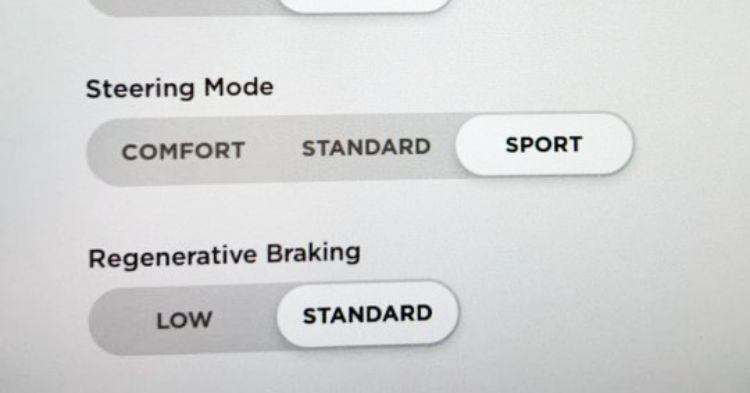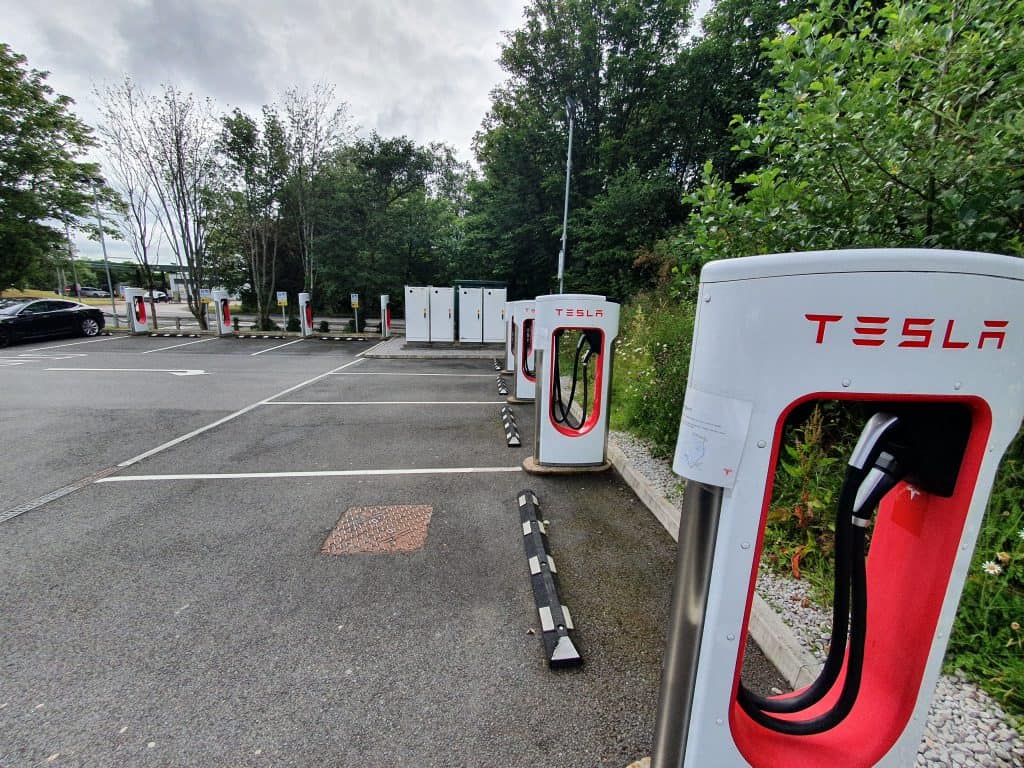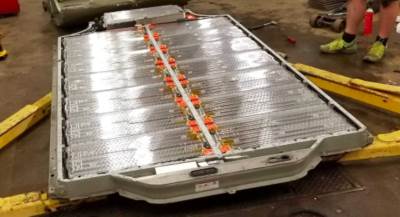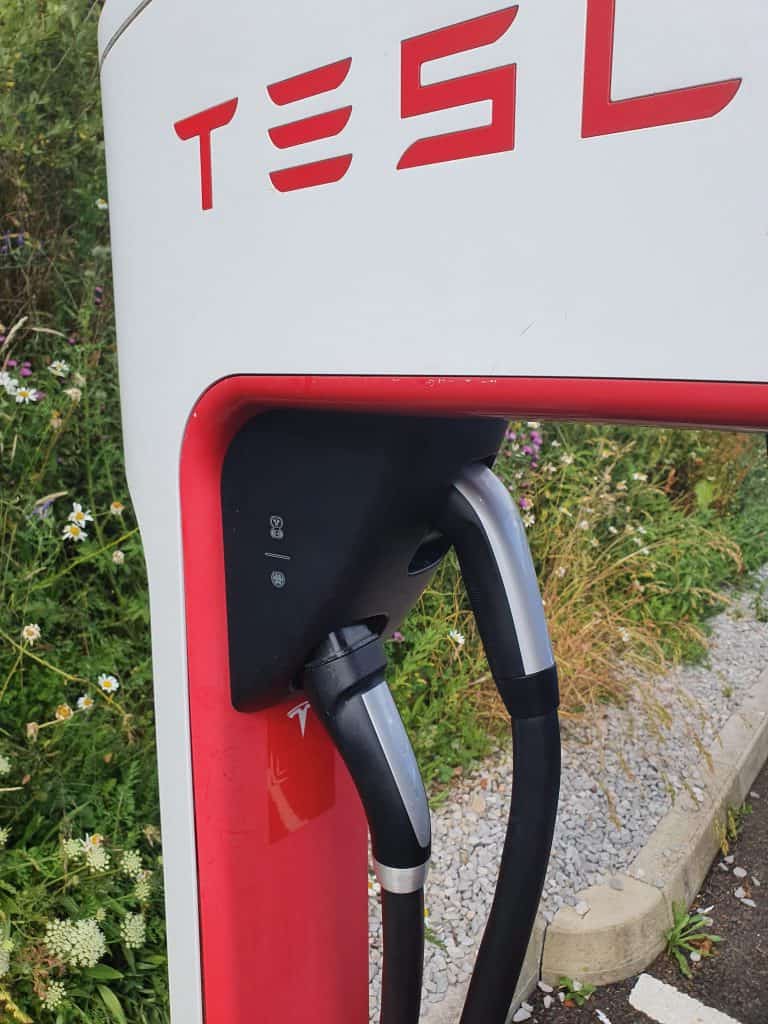Even as technology continues to improve and electric cars steadily transition to becoming the norm, there are still many questions that drivers have regarding their EV. This is even true for pioneers in the luxury EV marketplace like Tesla. Even those who adopted early and are now proud Tesla drivers wonder about a key charging question — how often should I charge my Tesla to 100 percent? The short answer is…
Tesla’s are pre-set to charge to 90% instead of fully maxing out the battery, and this is by design to protect the battery long term. As a result, trying to charge it to 100% is not advised.
According to Elon Musk, You Shouldn’t
Elon Musk himself has previously stated that it’s never a good idea to charge your Tesla car all the way up to 100 percent. The more cynical part of you might be thinking already, “Well, of course he’d say that. He operates all that Tesla charging infrastructure, doesn’t he? It’s in his best interests to ensure that drivers need to charge more often.”
It’s not really devious like that. Musk gave a pretty good explanation as to why this was the case, mostly thinking about preserving your battery’s integrity in the long term. If anything, he’s doing the exact opposite of what the more suspicious minds say he is up to encouraging all this charging to less than 100 percent.
It’s not a big deal. Charge to 90% to 95% & you’ll be fine. At 100% state of charge, regen braking doesn’t work, because the battery is full, so car is less energy efficient.
— Elon Musk (@elonmusk) April 16, 2019
It’s the Default Setting
As it rolls of the factory production line, a Tesla car is preset to charge to around 90 percent by default, not all the way to 100 percent. Once again, you might wonder why that would be a thing. How does Tesla know what level of charge will suit you? Do they know how far you commute every single day? Do they know that not everyone is driving the long-range variant of whatever Tesla model it is?
On April 16, 2019, Tesla Model 3 driver Samantha Jensen tweeted Elon Musk asking about charging her Tesla up (see above). Her main contention was that she faced around 160 miles of commuting every day — 80 miles each way — and as she put it, it left her “little wiggle room for sentry mode/fun driving/errands.”
Musk responded candidly, “It’s not a big deal.” He explained with good reason that the default setting has importance. This brings us neatly to the next point.
At 100-percent Charge, Regen Braking Doesn’t Work

In his tweeted reply to Samantha Jensen, Elon Musk reminded her:
“At 100% state of charge, regen braking doesn’t work, because the battery is full, so car is less energy efficient.”
Elon Musk, Twitter, 16th April 2019
As you probably know, regenerative braking is the system that allows braking energy to be turned back into electricity that can be stored back into the battery and stave off discharge a little longer, even extending the range of an EV significantly.
While most brand EVs don’t claim — nor should they — that regen braking adds huge amounts of range to their vehicle, that of Tesla is actually a very advanced system and has been reported to add as much as 30 percent to the car’s range. Therefore, if you charged to 90 percent, and made proper use of regenerative braking, then your total range would very likely be at least equivalent to a charge of 100 percent.
When the battery is charged to 100 percent however, the car’s various measures to boost efficiency, such as regen braking, are not in effect. They won’t kick in until the battery level sinks lower. Musk has yet to confirm this absolutely, but it is reported that measures like regenerative braking will only kick in around 84-94% battery charge level. Starting well under 100 percent, however, will ensure that they are in operation the entire time.
So, Should I Just Forget Daily Charging?

Absolutely not. The old idea of letting a battery almost fully discharge before recharging was one that existed on older cell phone and smartphone technology, but it isn’t true of the most current battery technology, and that includes that of electric vehicles. A Tesla will actually benefit from daily charging, as we will explain below.
Before you establish your daily charging routine, it’s important that you first set and confirm your charge limits. If you have a long commute like above-mentioned Tesla Model 3 driver, then a charge to 90-95 percent each day is acceptable, but keeping it within the 80s is actually more ideal to preserve battery integrity, perhaps even slightly lower.
At least, that’s what experts say
Renowned battery expert, Jeff Dahn of Tesla’s research partnership and working out of Dalhousie University, claims that daily charging is crucial to maintain viability, but that it’s doubly important to make sure that you’re not charging daily all the way up to 100 percent. In fact, Dahn recommends a maximum rating even lower than Musk, recommending just 70 percent as your regular day-to-day charge level. He adds, however, that if you are preparing for a long trip, then you might charge it up higher, perhaps even to 100 percent.
The point here is that no expert so far has ever recommended the Tesla be charged to 100 percent, and the only one who even suggested the 100 percent level was one who was identifying rare, one-off long trips as a possible scenario where you might consider such a charge.
Dahn’s research clearly shows that frequent charges to 100 percent are detrimental to the li-ion battery cells themselves. The charging game you should be playing with your batteries is one in which you charge simply to maintain the charge level between 70-90 percent after each day of use.
This might mean adding 20-30 percent of power level to the battery, or it might be a mere handful of percent. It makes no difference. The game is maintenance, not full discharge followed by full charge like many of us do with our smartphones.
How Else Can I Preserve EV Battery Life?

The message from Tesla’s leaders and experts is pretty clear regarding daily charging levels. Another thing to wonder, however, is whether or not there is more you can do as a driver to help preserve the life of your dying battery.
EV batteries are subject to the same laws of entropy as any other machine, and will sooner or later lose capacity and become less and less able to sustain the range that you bought the Tesla for. The good news is that it does take some time, even when you put the system through its paces.
There are, however, many other things you can do as a Tesla owner to preserve the integrity of your car’s all-important battery pack:
Avoid Conditions That Add Heat to the Batteries
One of the reasons that overcharging and fast charging causes wear and tear to the battery is that they generate significant heat as they work. You can help your electric car by avoiding conditions that will leave the battery with extra heat to deal with. This could be as simple as parking in shaded spots, a covered garage, and not leaving it parked all day in Death Valley.
Never Drop Below 15 Percent in Charge
We’ve talked above about the maximum recommended charge, but what about the minimum? We did say don’t fully discharge the battery, but is there a floor through which you should never pass? In fact, yes there is, and it is 15 percent. Regardless of your driving habits, do everything you can to maintain your battery life between 15 and 90 percent overall, or 70-89 at the higher level if your commute permits.
Maybe Allow the Batteries to Cool and Settle Before Charging
If you currently have a habit of plugging your Tesla in as soon as you get into the driveway, you might to modify that habit somewhat.
If you have made a very long journey on a long day, your battery might be too hot for charging straight away. Some people have had car alarms and even shut downs when combining hot sun and immediate charging.
In this case, the best thing to do is to park up, and then give the car some time to cool down before you plug in. Your batteries will thank you for this.
Of course, if it’s not a really warm day or you haven’t made a really long journey, it will be fine to get home and charge up straight away.
Only Use Fast Chargers as a Treat

Given their phenomenal speeds, it must be very tempting for Tesla drivers of all stripes to simply ditch the home solution and rely more heavily on those super-fast chargers you see with the Tesla name on them. They must be safe, right? They’re made by Tesla! Well, they’re not exactly dangerous per se, but they do become problematic when you use them too frequently. Favor the home charger as much as possible, saving fast charging for when you’re undertaking longer trips and are on a rest stop. The extreme heat and speed with which the charge happens is detrimental to the batteries in the long term.
Conclusion:
There you have it, a definite answer to a question many Tesla drivers seek an answer. We hope that this guide is helpful in getting a clear idea in your mind on how much you should charge your Tesla each day. Remember, daily charging is good, but the key is finding the optimum upper limit that allows you to go about your day without adding any undue strain to the battery pack.
6 comments
Allow the batteries to cool before charging? Isn’t that the exact opposite of “pre-conditioning” that Tesla does?
My understanding is that if the Tesla battery is too hot, it will struggle to charge up as quickly. So this part refers to if it’s getting a bit too hot due to being charged beyond 80%, or after a long journey (potentially).
Yes, hes 100% incorrect…Batteries must be heated to charge. So letting them cool is inefficient.
Apologies both, and thanks for the comments. I have adjusted the paragraph to reflect that most of the time it is fine. (Of course, if it’s a really hot day and you’ve just done a long journey, the advise might still be valid).
Of course regen braking works at 100%. Once you move the Tesla you use up power. The battery is no longer at 100%. Even if you brake the regen won’t retrieve all that energy used up when you move off. That move leaves space in the battery to charge. It’s a law of physics. You don’t retrieve all the power expended when you move the car. Not possible. If you live on top of a steep hill then perhaps this daft suggestion is valid.
Thanks for the comment Andy, I totally understand what you’re saying – we mainly flagged up this general point because it doesn’t kick in at slightly lower level charges either (i.e. it’s not like it kicks in at 99.9%, the moment you move off, either). But it’s definitely worth re-iterating this point, so thanks again for the comment.